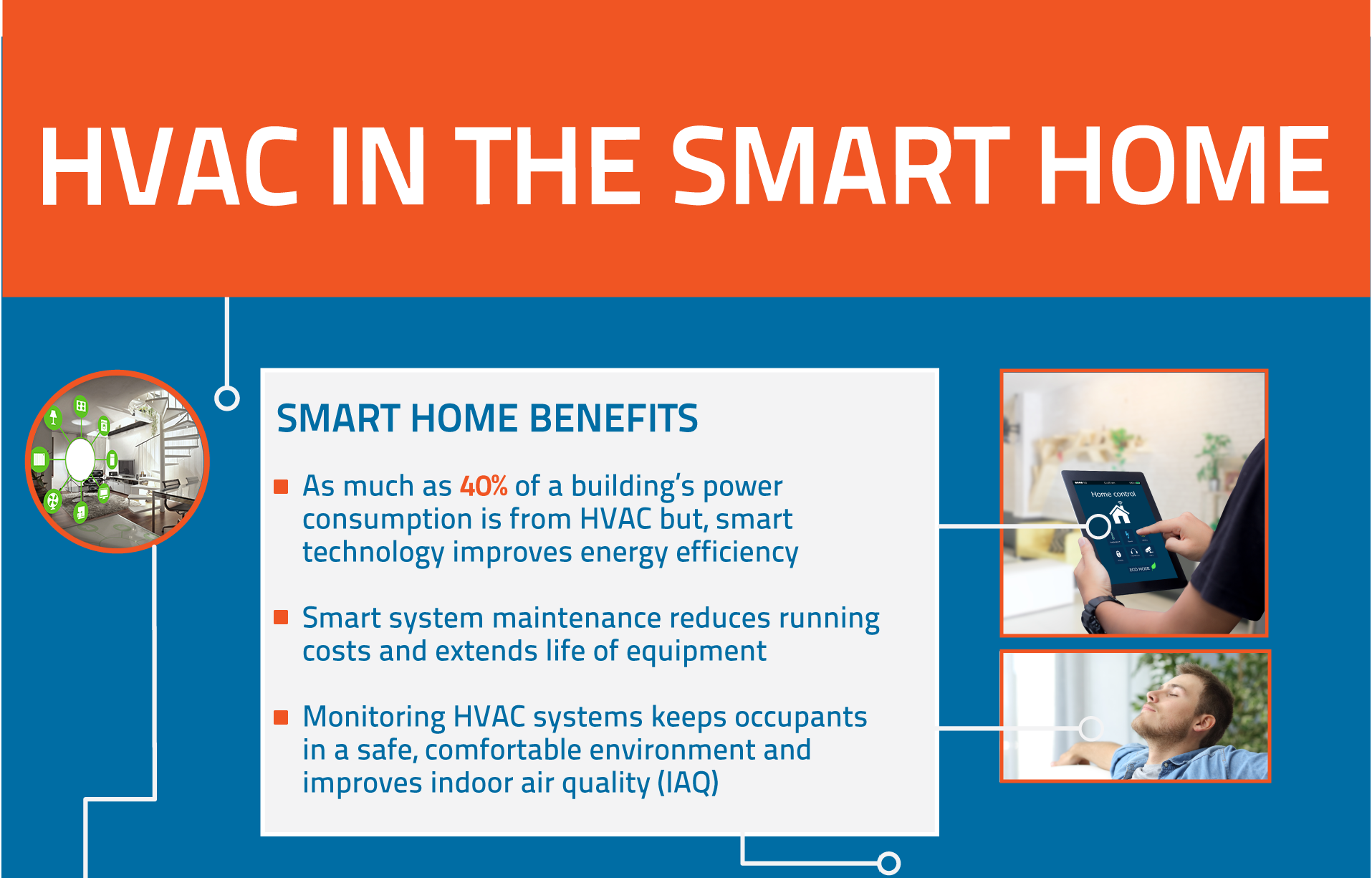The Ultimate Guide To Understanding Heat Pumps - Exactly How Do They Work?
The Ultimate Guide To Understanding Heat Pumps - Exactly How Do They Work?
Blog Article
Author-Roy Gylling
The best heatpump can save you significant quantities of cash on power expenses. They can likewise help reduce greenhouse gas emissions, specifically if you use electricity instead of fossil fuels like propane and home heating oil or electric-resistance furnaces.
Heatpump work quite the like air conditioning system do. This makes them a feasible choice to standard electrical home heating systems.
Exactly how They Function
Heat pumps cool down homes in the summer and, with a little aid from electrical energy or natural gas, they provide some of your home's heating in the winter months. They're a great choice for individuals that wish to minimize their use of fossil fuels however aren't prepared to replace their existing heating system and a/c system.
They count on the physical fact that even in air that seems as well cool, there's still power present: cozy air is constantly moving, and it intends to relocate right into cooler, lower-pressure settings like your home.
Many ENERGY celebrity licensed heatpump operate at near to their heating or cooling ability throughout a lot of the year, lessening on/off cycling and conserving energy. For the very best performance, concentrate on systems with a high SEER and HSPF score.
air con specialist of the heatpump is the compressor, which is also known as an air compressor. This mechanical streaming gadget utilizes prospective energy from power creation to boost the stress of a gas by lowering its volume. It is various from a pump because it only works with gases and can not work with fluids, as pumps do.
Atmospheric air goes into the compressor through an inlet valve. It travels around vane-mounted arms with self-adjusting length that divide the interior of the compressor, producing several dental caries of differing size. The rotor's spin forces these tooth cavities to move in and out of phase with each other, pressing the air.
The compressor reels in the low-temperature, high-pressure refrigerant vapor from the evaporator and presses it into the hot, pressurized state of a gas. This procedure is duplicated as needed to provide heating or cooling as required. The compressor likewise includes a desuperheater coil that recycles the waste heat and adds superheat to the cooling agent, altering it from its fluid to vapor state.
The Evaporator
The evaporator in heatpump does the same point as it carries out in refrigerators and air conditioners, transforming liquid refrigerant into a gaseous vapor that gets rid of warmth from the area. Heatpump systems would not work without this important tool.
This part of the system lies inside your home or building in an indoor air trainer, which can be either a ducted or ductless system. It consists of an evaporator coil and the compressor that compresses the low-pressure vapor from the evaporator to high pressure gas.
Heatpump absorb ambient warmth from the air, and then utilize electrical energy to move that heat to a home or business in heating mode. That makes them a great deal extra power effective than electric heating systems or furnaces, and since they're making use of clean electricity from the grid (and not melting gas), they likewise produce far fewer discharges. That's why heatpump are such fantastic environmental options. (As well as a big reason that they're ending up being so preferred.).
The Thermostat.
Heat pumps are excellent alternatives for homes in cool climates, and you can use them in mix with conventional duct-based systems and even go ductless. They're a fantastic alternative to fossil fuel heating unit or typical electrical heating systems, and they're much more lasting than oil, gas or nuclear a/c equipment.
Your thermostat is one of the most important component of your heat pump system, and it works very in different ways than a traditional thermostat. All mechanical thermostats (all non-electronic ones) job by using compounds that change dimension with enhancing temperature, like curled bimetallic strips or the increasing wax in an automobile radiator valve.
These strips contain two different kinds of metal, and they're bolted with each other to develop a bridge that finishes an electrical circuit linked to your HVAC system. As the strip obtains warmer, one side of the bridge expands faster than the various other, which causes it to bend and signify that the heater is needed. When the heatpump remains in heating setting, the reversing valve turns around the circulation of cooling agent, so that the outdoors coil now operates as an evaporator and the indoor cyndrical tube comes to be a condenser.